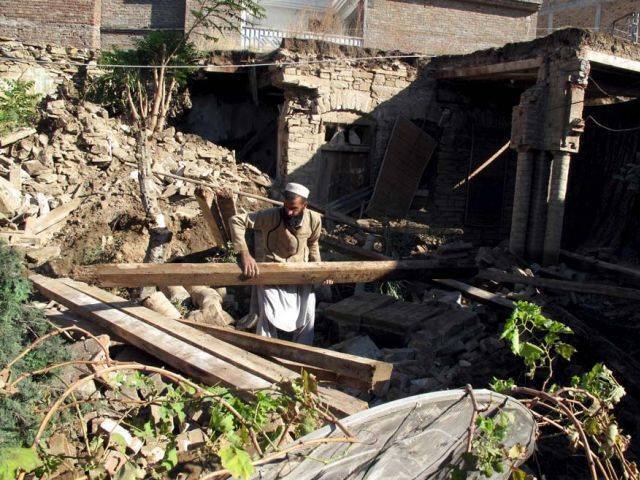
Of the 1.35 million people killed by natural hazards from 1996 to 2015, 90 percent died in low and middle-income countries, according to the Centre for Research on the Epidemiology of Disasters (CRED), which collects the data.
Hurricane Matthew death toll nears 900 in Haiti
Over those two decades, 56 percent of deaths were caused by earthquakes and tsunamis, while the rest were due to storms, floods, extreme temperatures, drought, landslides and wildfires.
Here are some facts from a report released on Thursday by CRED and the UN Office for Disaster Risk Reduction (UNISDR):
In the period from 1996 to 2015, 7,056 disasters were recorded worldwide. The frequency of geophysical disasters - mainly earthquakes, including tsunamis, and volcanic eruptions - was broadly constant, but there was a sustained rise in climate and weather-linked disasters.
In 15 of the 20 years, the greatest loss of life was due to extreme weather events.
Hurricane-hit southern Haiti cut off after bridge collapse
Tsunamis were 16 times more deadly than earthquakes in terms of the proportion of victims killed, making them the deadliest natural hazard on the planet.
No wealthy countries appear on the list of top 10 countries for disaster deaths in the last 20 years, which is led by Haiti with 229,699 deaths, Indonesia with 182, 136, and Myanmar with 139,515. These three were hit hard by mega-disasters: the Haitian earthquake of 2010, the 2004 Indian Ocean tsunami, and Cyclone Nargis in 2008 respectively.
Other countries in the top 10 are China, India, Pakistan, Russian Federation, Sri Lanka, Iran and Venezuela.
The number of weather and climate-related disasters more than doubled over the past 40 years, accounting for 6,392 events in the 20 years from 1996 to 2015, up from 3,017 in the period from 1976 to 1995.
In 2015, the hottest year on record, almost as many people died in heat waves as were killed in the Nepal earthquake. There were 32 major reported droughts, double the annual average of 16 over the decade from 2006 to 2015.
Hurricane Matthew pummels Haiti and Cuba, evacuations ordered in US
Natural hazards were both more frequent and more deadly in that decade compared with the previous 10 years. Earthquakes caused increasing numbers of deaths per disaster.
But excluding Cyclone Nargis, which hit Myanmar in 2008 causing more than 138,000 deaths, the average numbers dying in both storms and floods declined decade-on-decade.












1732012115-0/Untitled-design-(14)1732012115-0-270x192.webp)










COMMENTS
Comments are moderated and generally will be posted if they are on-topic and not abusive.
For more information, please see our Comments FAQ